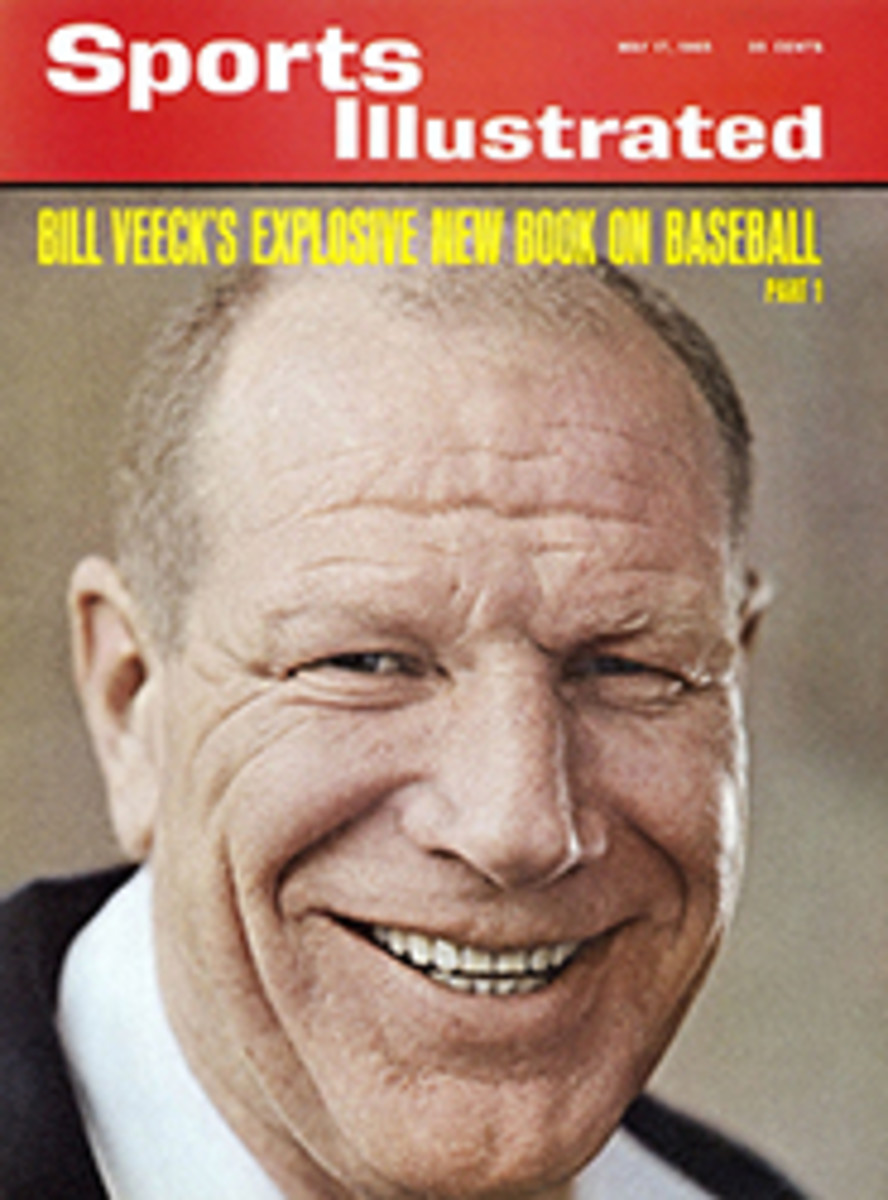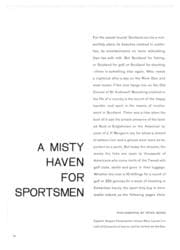
WISING UP TO A DOWN GAME
The game of volleyball was invented in America 70 years ago as a serene and affable up sport, the object being to tap a ball up and up and neatly over a net where the opposing team would pitty-pat it around for a while and then return the favor. But as the years went by and volleyball spread to other countries it turned into a frenzied and furious down game, the intent being to jump as high as possible, to swing at the ball with a clenched fist and to smash it toward the floor or down an opponent's throat if he happened to be standing in the way, while the defense, in turn, risked flesh wounds and bone breaks attempting to keep the ball in play. America was somewhat slow to adopt this march toward volleyball violence—especially on the defense—with the result that the U.S. team finished a weak-kneed ninth in the recent Olympics behind the likes of Russia, Japan and Bulgaria. But if what happened last week when 37 of the country's best teams gathered in a converted airplane hangar at Offutt Air Force Base near Omaha, Neb. is any indication, the U.S. won't be caught with its violence down again.
As usual, the strongest teams came out of the West, primarily from California, where volleyball ranks with beer, babes and surfboards among those who seek their pleasures at oceanside. There were such teams as the Sand and Sea Club of Santa Monica, which boasts UCLA basketball player and volleyball Olympian Keith Erickson, and the Outrigger Canoe Club of Honolulu, which played its first game of the championships in blossom-bedecked Bermuda shorts. Along with their talent and zest for mayhem, the Californians brought a certain sand-in-the-shoes casualness to the event, something that must have put such teams as Woonsocket (R.I.) YMCA at an immediate disadvantage. After one unsettling look at the Hawaiians' shorts, tournament officials ordered the team deflowered. Nor did they much appreciate a San Francisco entry called the Yanks, whose Tee shirts were inscribed "Pussy Galore's Flying Circus," or an unsponsored and improbable Los Angeles outfit called the Tigers, which had no uniforms at all and had simply scrawled numbers on their shirts with ink. The Tigers were told either to borrow uniforms or fold their tents and go west—far west.
Little noticed amid all this tanned enthusiasm was a strange assortment of athletes from the Westside Jewish Community Center in Los Angeles. Two of Westside's men were 43 years old. A third, Dan Patterson, was just 18 and a year out of Hollywood High School. One of the men expected to leap up and spike the ball over the eight-foot net was Dave Bordwell, 5 feet 8 inches tall. The team's star was 35-year-old Gene Selznick. Dumbo-eared and slightly paunchy, he had been a volleyball All-America 14 times, playing for Hollywood Y, Pasadena Y, Westside, the Long Beach Century Club and now Westside again.
To the dismay of most of his fellow players, Selznick was somehow passed up for the Olympic team last year. Volleyball was a new Olympic sport and some people, including Selznick himself, felt it was downright unpatriotic to leave him off America's first team. "The best player in volleyball? There's just one—Gene Selznick," says Len Kaczmarek, coach at San Jose State. "Selznick is the great all-around player," says Bernie Holtzman, Westside's coach.
By the last day of play in the four-day double-elimination tournament, there was still no Westside story. Favorites had fallen everywhere, and into the finals in the winner's bracket had marched, of all people, those shirtless wonders, the Tigers. But somehow Westside, beaten once, managed to escape disaster after disaster in the loser's bracket. Selznick and his teammates won five games in less than 24 hours as a little backcourt genius named Harlan Cohen ran the equivalent of a marathon chasing down balls anyone else would have given up on. He made the saves, the Westside front line smashed and smashed, and Saturday night found Westside in the finals, where the once-spurned Selznick was not about to have his reputation damaged by any uniformless pickup team. Faced with taking two straight matches, Westside fell far behind each time and then slammed back to win, all the while playing the kind of volleyball that makes it look as if America is at last learning the game it invented.
PHOTO
Using a wicked right uppercut. Jim Calonico of the Olympic Club Yanks reaches over a fallen teammate to make the kind of save that American players finally have mastered.
PHOTO
Leaping to block an opponent's spike, three Outrigger Canoe Club defenders, including 007 Bob Hogan, raise a picket fence of hands.
PHOTO
RICH CLARKSON
Gene Selznick, star of the victorious Westside team, bashes a shot against the upstretched fingers of the L.A. Tigers during final game.

